Ruchira tells us about turmeric and its many qualities in the kitchen, cosmetic industry and homemade, grandmother’s remedy. It’s a panacea. An exclusive for Different Truths.

It is conspicuously present in the kitchens of most Indian households. The wonder tuber that lends the characteristic bright yellow tinge to all your gravies — be it shorba, salan, or jhol — infusing it with vita lifesaving chemicals in the process. Yes, you have rightly guessed, I am talking about turmeric (aka haldi), which enjoys pride of place not only in India’s culinary arts but also in its socio-cultural traditions.
Botanically, a member of the ginger family, turmeric is native to Southeast Asia. Its rhizome (modified underground stem) is a treasure house! History reveals, turmeric was abundantly used in Ayurveda, and other east Asian medical systems including Chinese. In India, it was considered a panacea for skin disorder, and various ailments of the upper respiratory tract, joints, not forgetting the digestive system. In recent years, scientific research is authenticating traditional claims that turmeric contains certain compounds with medicinal properties. The most important of them being curcumin.
Curcumin has powerful anti-inflammatory effects.
Curcumin has powerful anti-inflammatory effects. Remember how as children if you had a fall or had sprained your ankle, your mom, aunt, or grannie would apply a mixture of haldi and chuna (lime) over the affected area. And the pain would be gone in no time? This practice is now nearly defunct. Instead, what you could do is add half a teaspoon of turmeric powder in a glass of hot milk and drink it twice a day. Secondly, try making a paste with turmeric powder and ghee. Apply the mixture on your injury and cover with a bandage and change twice daily.
Curcumin has carved a niche for itself as an efficacious herb in cancer treatment. Studies reveal that it can contribute to destruction of cancerous cells, reduce angiogenesis (growth of new blood vessels in tumors) and prevent metastasis i.e., the spread of cancer. Researchers also believe curcumin may prevent onset of cancer, especially cancers of the digestive system. Many common brain disorders have been linked to decreased levels of brain-derived neurotrophic factor (BDNF) protein, including depression and Alzheimer’s disease. Interestingly, studies conducted on higher animals have revealed that curcumin helps to increase levels of BDNF thus delaying or reversing several brain and age-related ailments.
…the teeming millions have been using it for treating cough, anorexia, loose motions, abdominal pain, respiratory ailments, and dental disorders.
Even otherwise, the teeming millions have been using it for treating cough, anorexia, loose motions, abdominal pain, respiratory ailments, and dental disorders. Turmeric is helpful in controlling gastrointestinal disorders, ulcers, flatulence, liver malfunctions. For teenagers, plagued by acnes, pimples and blackheads, turmeric paste is a handy tool towards an unblemished skin.
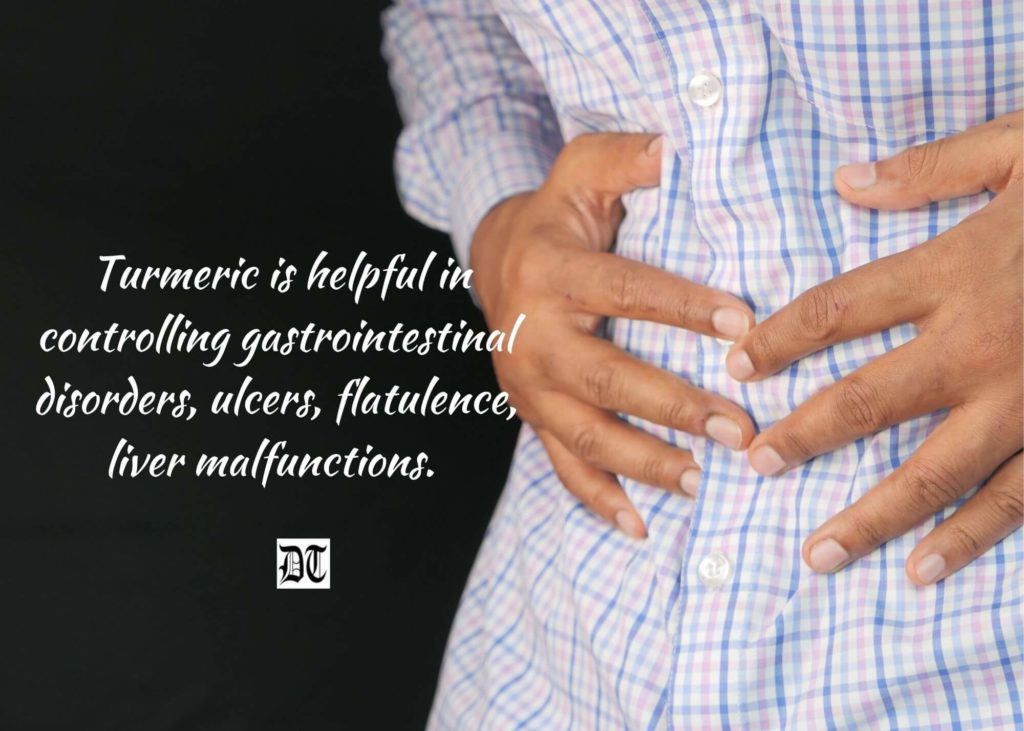
One of my fondest personal (childhood) memories is that of my Dad cajoling us kids to munch on fresh raw turmeric tubers/ kancha holud along with gur (jaggery), in early winter mornings every year. That turmeric paste is applied to the skin during eye infections, burns, and bites is too well known.
… turmeric did not remain confined to kitchens but permeated into arenas of wellness and beauty, centuries ago.
Leaving the scientific and medical jargon aside, the utility of turmeric may be gleaned from the fact that turmeric did not remain confined to kitchens but permeated into arenas of wellness and beauty, centuries ago. This seems to be the plausible reason behind the pre-nuptial haldi /gaye holud ceremony during Indian weddings, cutting across all faiths. In bygone ages, when beauty parlours were not yet born, elaborate haldi ceremonies provided the couple with a complete package – whole body skin toning, antiseptic medication, face pack/mask, spa and what have you!
Fast forward to the present times. In the wake of relentless research, the yellow hued wonder (call it a veggie) has found its way into soaps, skin creams and lotions churned out by various companies. While shopping for tea leaves in supermarkets, I gradually discovered how several reputed brands include turmeric in the contents along with ginger, basil, et al
I strongly recommend prolific use of haldi for curing skin ailments.
Personally, I strongly recommend prolific use of haldi for curing skin ailments. A few years ago, when I had a bout of vitiligo (pigmentation problem) on my fingers and fists, someone suggested application of turmeric and mustard oil paste over the affected areas. And believe me, within a few weeks, the white spots grew lighter and now they are almost gone!
So, I guess our ancestors, equipped with profound knowledge of medicinal herbs and plants had aptly christened haldi as Hridaya Vilasini (darling of the heart)!
Visuals by Different Truths

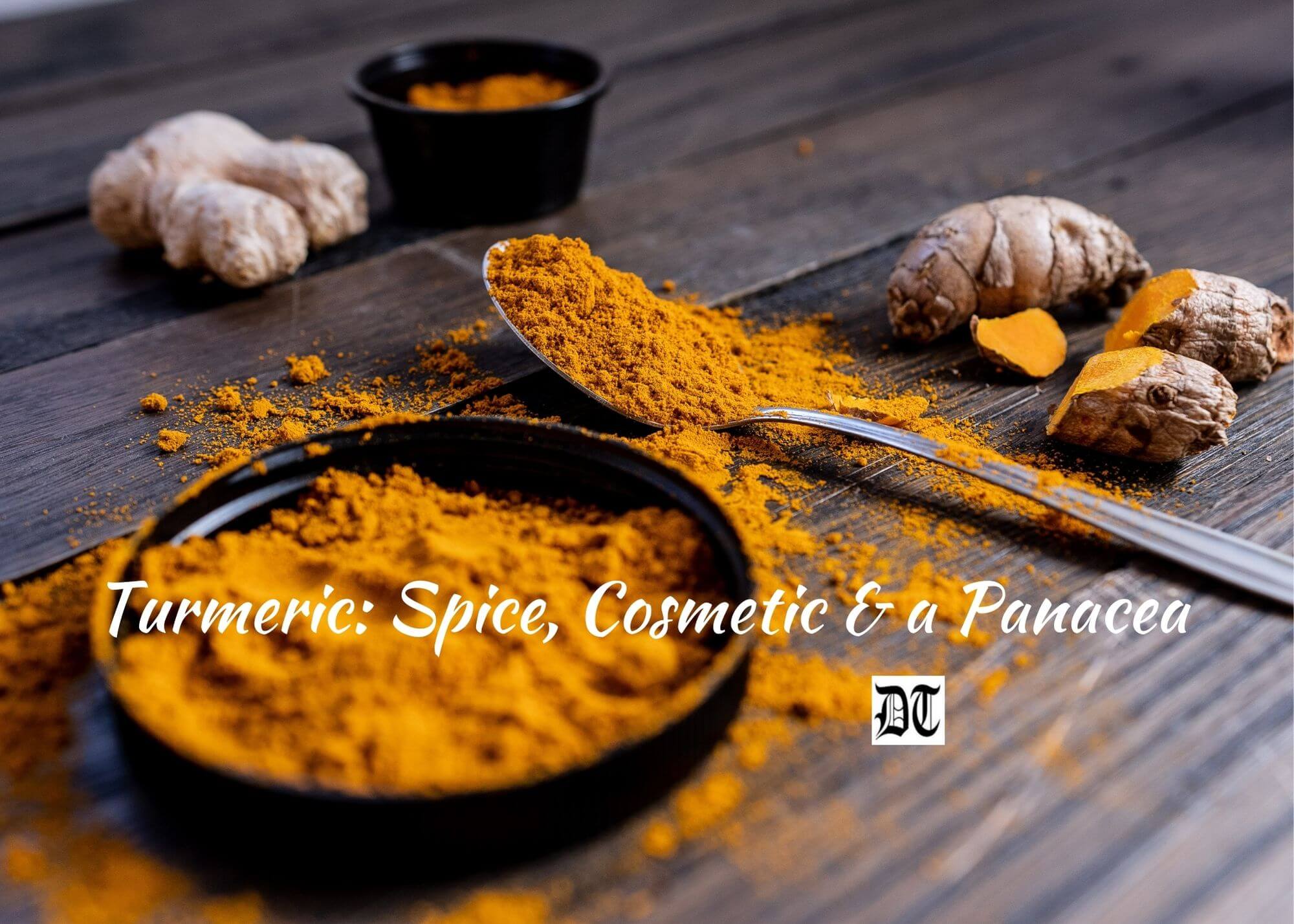



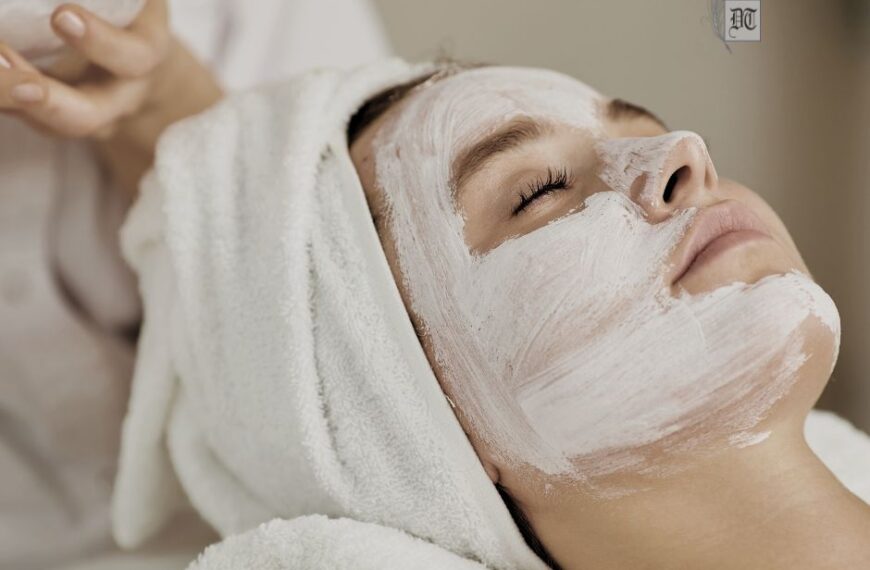
 By
By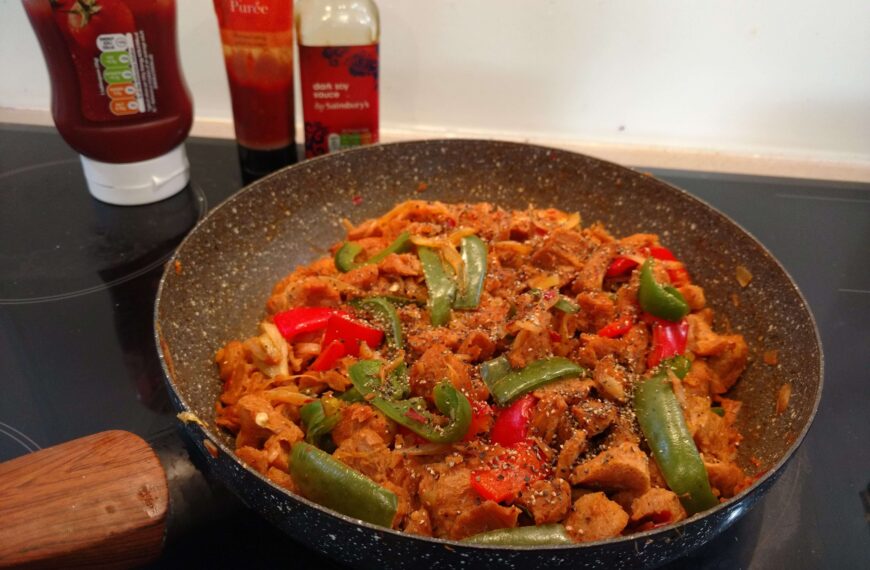
 By
By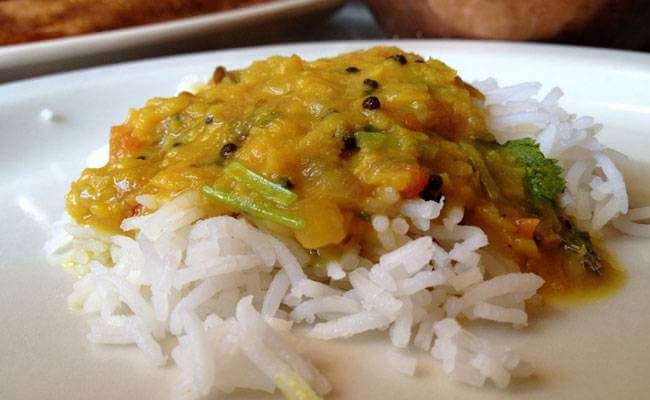

 By
By